Navigating the world of pet healthcare can sometimes feel like a daunting journey, especially when the bills start piling up. But fret not, fellow cat enthusiasts! There are ways to ensure your feline friend receives the best care possible without breaking the bank. Let’s explore seven practical strategies to reduce vet expenses while maintaining top-notch care for your beloved kitty.
Consider Preventive Care

Prevention is not just better than cure; it’s often cheaper too. Regular check-ups can help catch potential health issues early, avoiding costly treatments later. Think of it as regular maintenance for your car; a small investment now can prevent major breakdowns in the future. Vaccinations, dental cleanings, and flea treatments are all part of a preventive care plan that can save money in the long run. By keeping your cat healthy and up-to-date with vaccines, you minimize the risk of diseases that can lead to expensive treatments.
Embrace Home Remedies When Appropriate
Sometimes, simple home remedies can be just as effective as expensive treatments. For minor issues like fleas or mild digestive troubles, there are safe, natural alternatives you can try. For instance, a spoonful of pumpkin can help with constipation or diarrhea. However, it’s crucial to consult with your vet before attempting any home remedies. They can guide you on safe methods and ensure you aren’t inadvertently causing harm.
Shop Around for Medications
Medication prices can vary significantly between different pharmacies. Before purchasing from your vet, check prices at local pharmacies or online retailers. Websites such as GoodRx can provide discounts or coupons for pet medications. By comparing prices, you can often find substantial savings, freeing up funds for other necessary care. Remember, it’s essential to ensure the pharmacy is reputable and that you’re receiving the correct medication and dosage for your pet.
Invest in Pet Insurance
Pet insurance can be a lifesaver when unexpected health issues arise. It works like human health insurance, covering a portion of your vet bills. While it requires a monthly premium, it can significantly reduce out-of-pocket expenses in cases of emergencies or chronic illnesses. When considering pet insurance, look for plans that cover preventive care, as this can provide additional savings. Evaluate different policies to find one that suits your budget and your cat’s specific needs.
Take Advantage of Vet Discounts
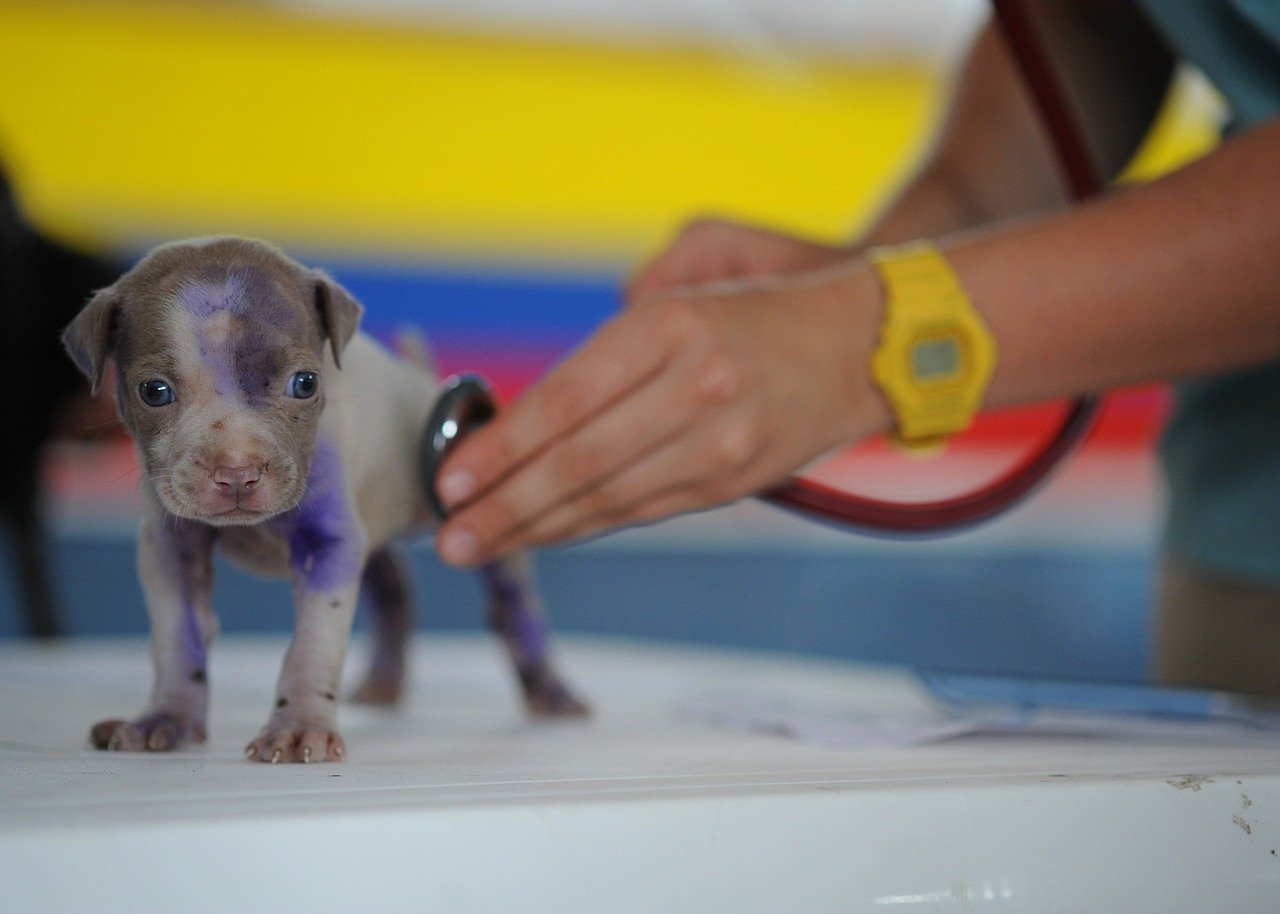
Many veterinary clinics offer discounts or loyalty programs for regular clients. It’s worth asking your vet about any available promotions or discounts. Some clinics may offer discounts for multiple pets, while others have special rates for senior citizens or veterans. Additionally, some vets offer wellness plans that bundle services together at a lower cost. Building a good relationship with your vet can also lead to personalized care plans that fit your budget.
Learn Basic Grooming and Care Skills
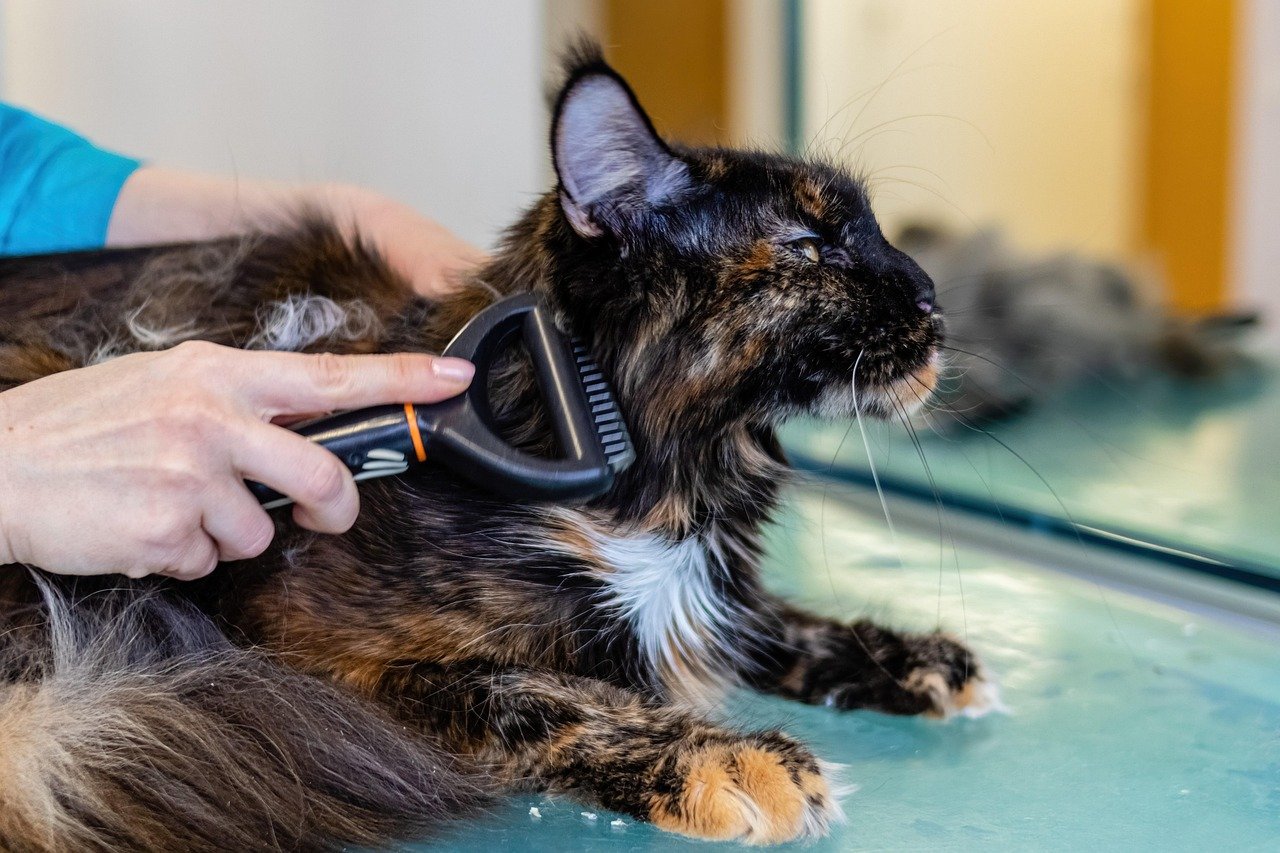
Basic grooming and care skills can go a long way in maintaining your cat’s health and reducing vet visits. Regularly brushing your cat’s coat can prevent hairballs and skin issues. Learning to trim your cat’s nails and clean their ears can also prevent common problems. There are plenty of online resources and tutorials to help you master these skills, saving you from frequent grooming appointments. Not only will you save money, but your cat will likely appreciate the extra attention and bonding time.
Utilize Low-Cost Vet Clinics
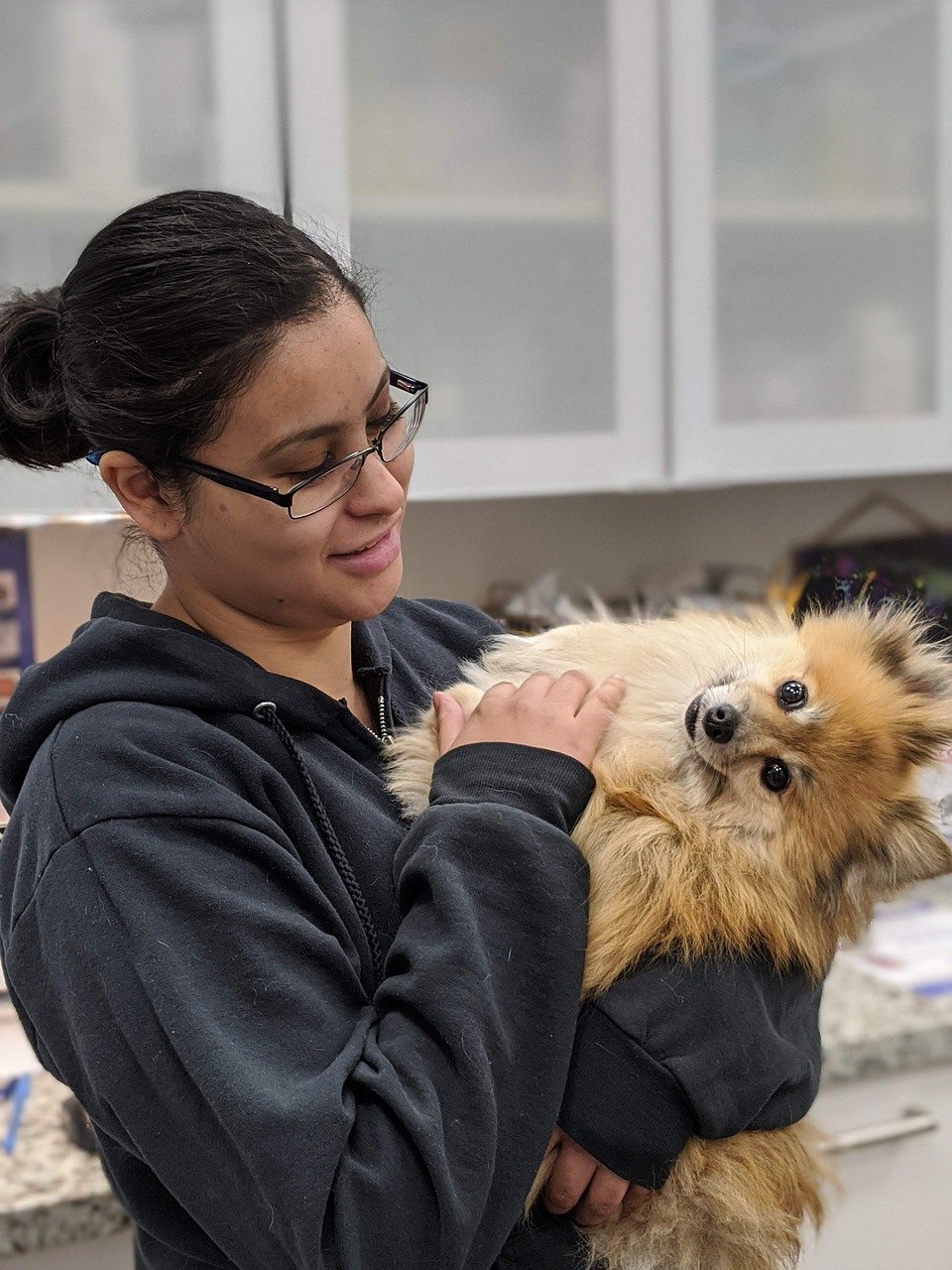
Many communities offer low-cost vet clinics that provide essential services at a reduced rate. These clinics often focus on preventive care such as vaccinations, spaying, and neutering. They may not offer the comprehensive services of a full-service vet clinic, but they can be a valuable resource for routine care. Check with local animal shelters or animal welfare organizations for recommendations on reputable low-cost clinics in your area.
DIY Cat Toys and Enrichment
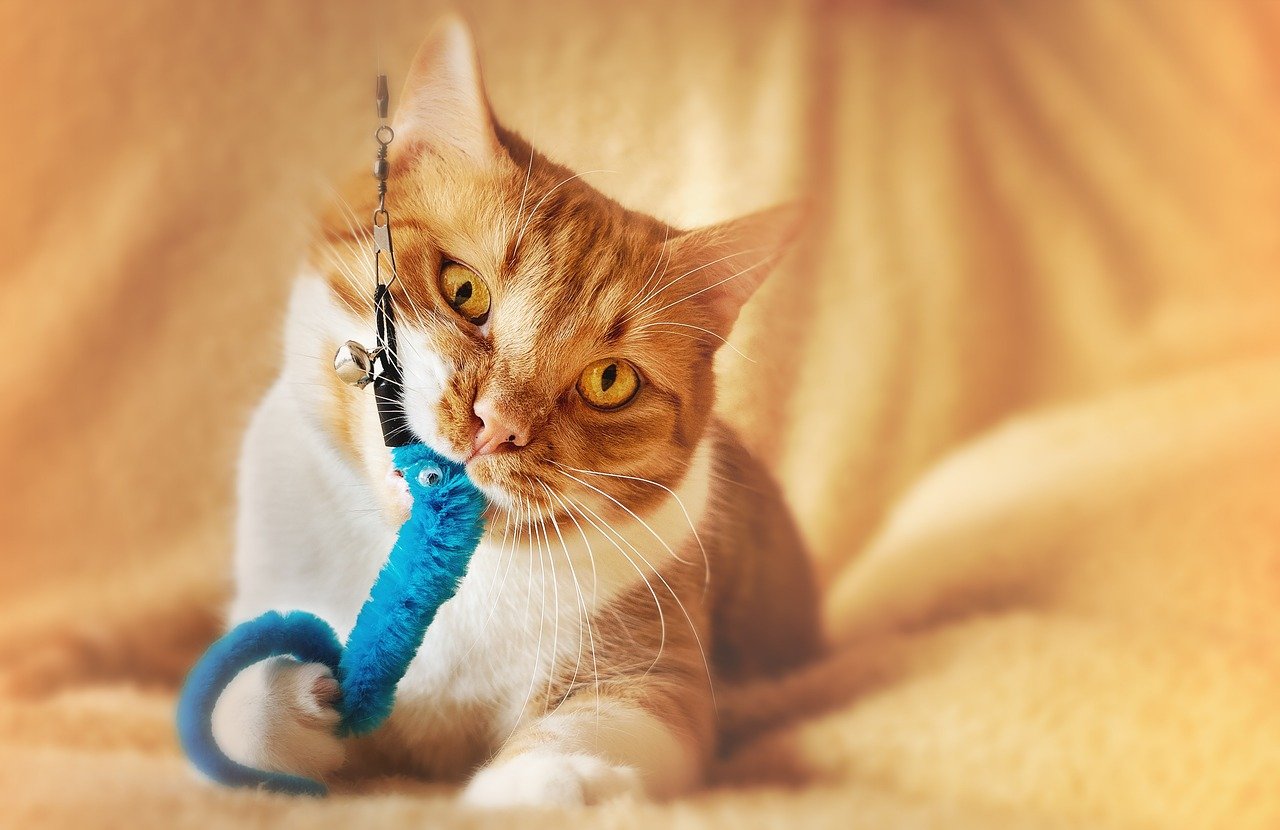
Keeping your cat mentally and physically stimulated is crucial for their health, and it doesn’t have to be expensive. DIY cat toys made from household items can provide endless entertainment. Simple things like paper bags, cardboard boxes, or homemade feather toys can keep your cat amused for hours. Enrichment activities can also prevent behavioral issues that might require veterinary attention. A happy, engaged cat is a healthy cat.
Join Pet Owner Communities
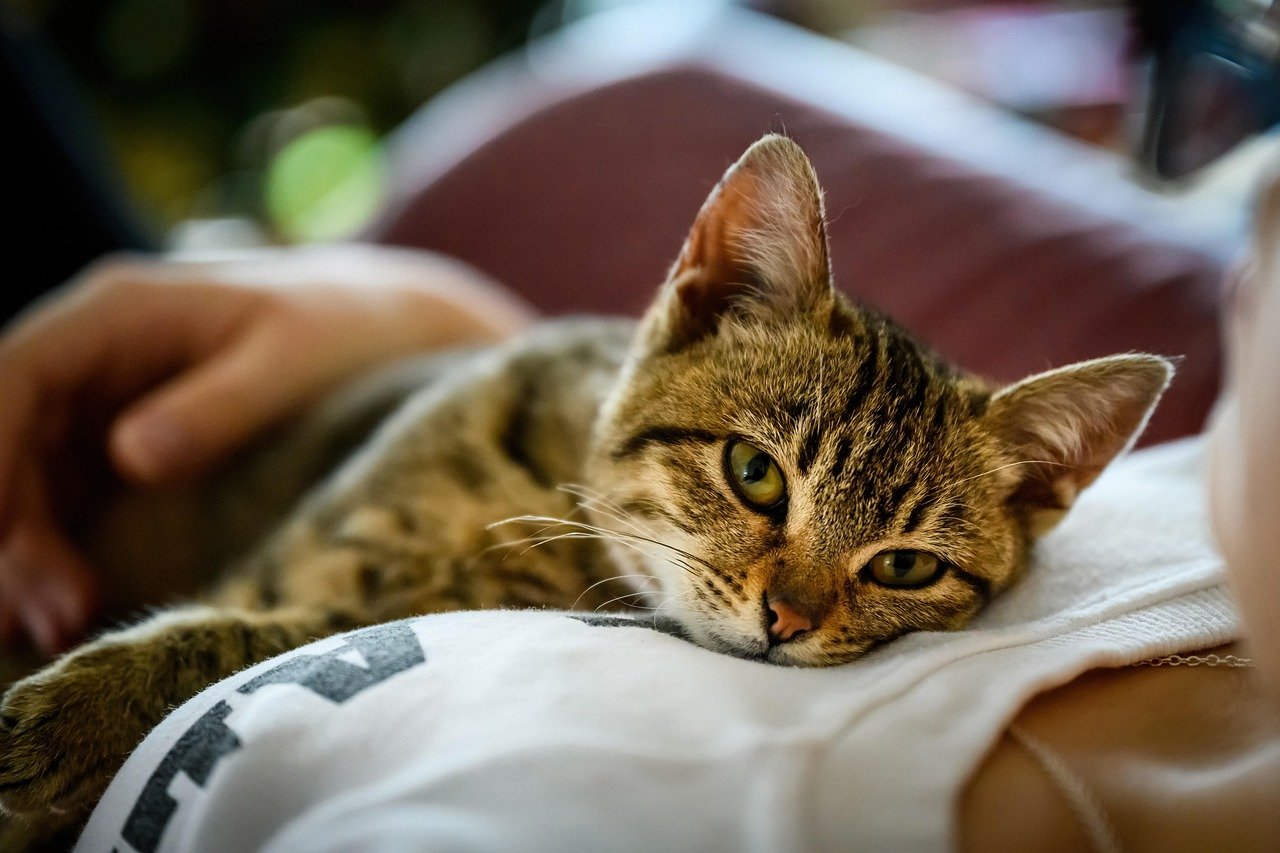
Being part of a pet owner community can provide valuable insights and tips for saving on vet care. Online forums and local pet groups are great places to share experiences and advice. You might discover new ways to save money or learn about affordable services in your area. These communities can also offer support during challenging times, reminding you that you’re not alone in navigating pet care costs.
Manage Your Cat’s Diet Wisely
A balanced diet is fundamental to your cat’s health and can prevent many common ailments. Investing in high-quality food might seem costly initially, but it can prevent expensive health problems in the future. Consult with your vet to determine the best diet for your cat’s specific needs. Avoid overfeeding, as obesity can lead to numerous health issues that require veterinary attention. Proper nutrition is a cornerstone of preventive care.
Explore Payment Plans with Your Vet
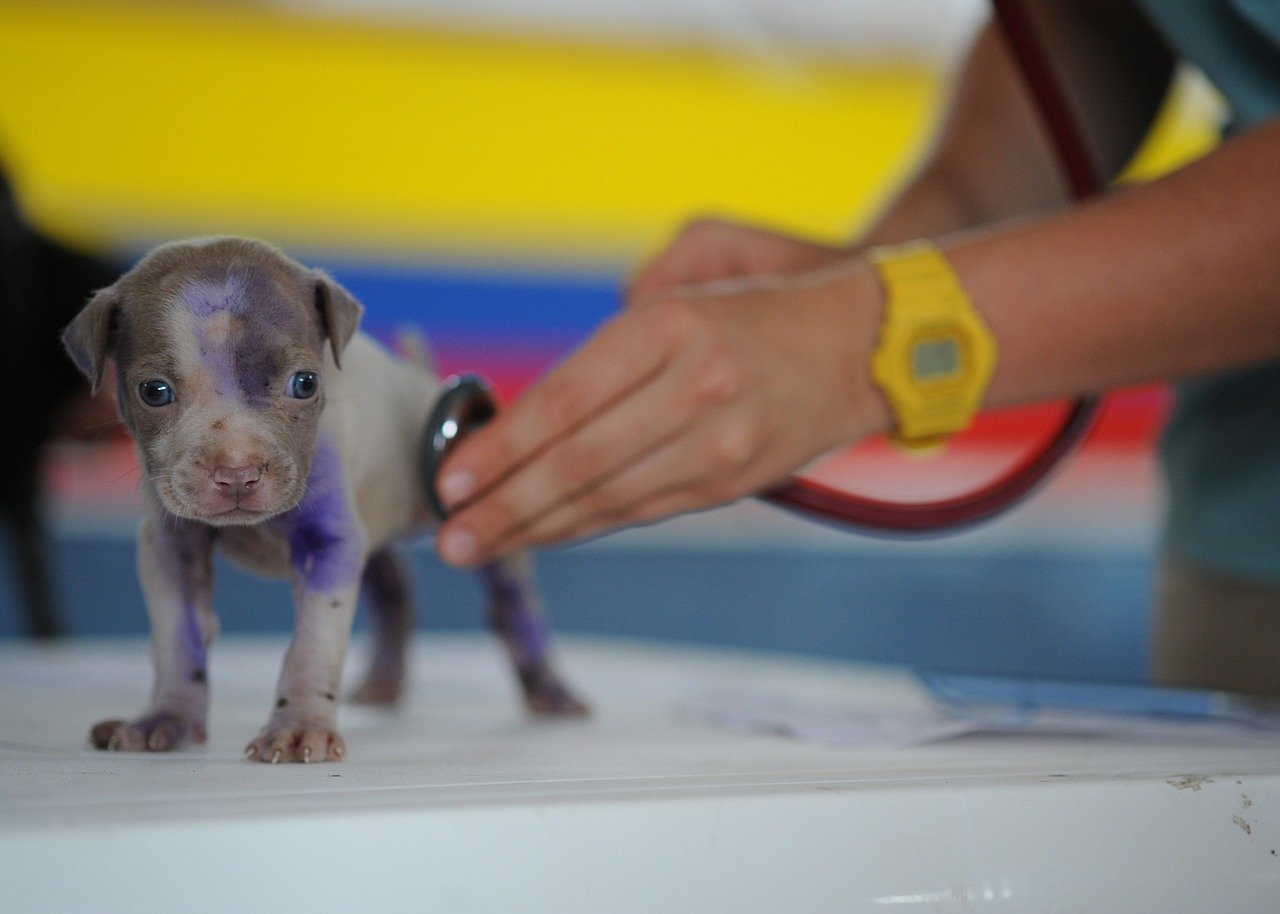
When faced with a large vet bill, ask if payment plans are available. Many vets understand the financial burden of unexpected medical expenses and are willing to work with you. Spreading the cost over several months can make it more manageable without sacrificing your cat’s care. Open communication with your vet about financial concerns can lead to creative solutions that benefit both you and your pet.
Stay Informed About Pet Health
Knowledge is power, and staying informed about cat health can help you make cost-effective decisions. Read up on common feline health issues and understand the symptoms to watch for. The more you know, the better you can advocate for your pet’s health, potentially avoiding unnecessary treatments. There are numerous reputable online resources and books available to enhance your understanding of feline health.
Volunteer for Veterinary Studies
Occasionally, veterinary schools or research institutions seek volunteers for clinical studies. Participating can offer free or discounted care for your cat. While not suitable for everyone, it can be a viable option for some. Ensure you fully understand the study’s requirements and potential risks before enrolling your cat. This option can provide valuable contributions to veterinary science while helping with costs.
Establish a Pet Emergency Fund

Having a dedicated emergency fund for your pet can alleviate the stress of unexpected vet bills. Set aside a small amount each month to build a financial cushion. This fund can cover emergencies or sudden illnesses, ensuring your cat gets the necessary care without straining your finances. Knowing you have a backup plan can provide peace of mind and allow you to focus on your pet’s well-being.
Understand Your Vet’s Recommendations
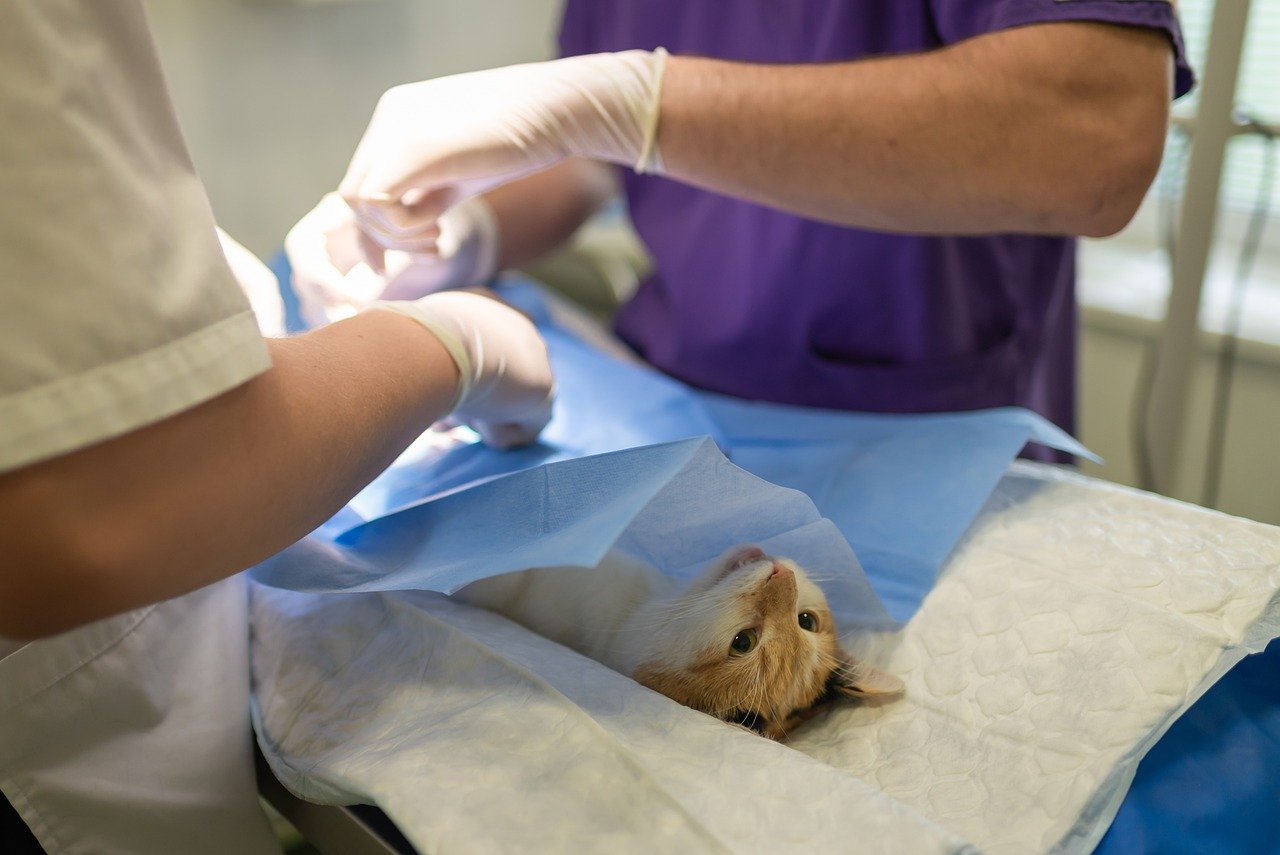
Sometimes, vet recommendations might seem overwhelming. Don’t hesitate to ask questions to understand the necessity and urgency of each suggested treatment. This knowledge can help you prioritize and budget for essential services. An open dialogue with your vet can also lead to more affordable alternatives or phased treatment plans, ensuring your cat receives the necessary care within your budget.
Consider Telehealth Consultations
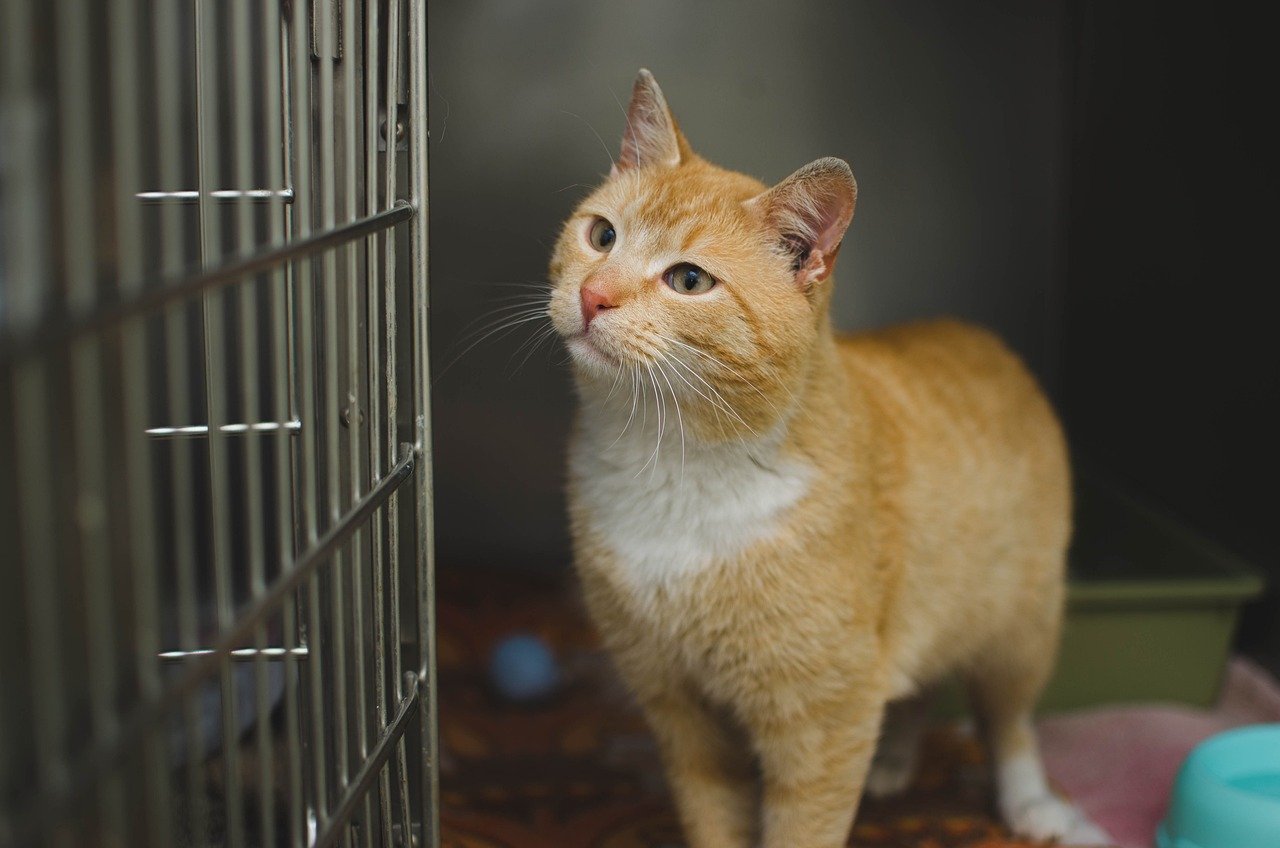
Telehealth services have become increasingly popular and can be a cost-effective way to access veterinary advice. These services can provide guidance for non-emergency issues, saving you the cost of an in-person visit. While not suitable for all situations, telehealth consultations can offer peace of mind and immediate answers for minor concerns. Always ensure that the telehealth provider is reputable and qualified.
Keep Vaccination Records Updated

Maintaining up-to-date vaccination records can sometimes result in discounts or waived fees at certain facilities. It also ensures your cat is protected against preventable diseases, reducing the risk of costly treatments. Keeping a detailed record of your cat’s medical history can also aid in efficient and effective care during vet visits. Organization and vigilance in this area can lead to both health benefits and cost savings.
Consider a Second Opinion
If faced with a costly diagnosis or treatment plan, don’t be afraid to seek a second opinion. Another vet may offer alternative, less expensive, yet equally effective treatment options. This doesn’t imply distrust in your current vet but rather ensures you’re making the best decision for your pet’s health and your finances. A fresh perspective can sometimes lead to innovative solutions that benefit both your cat and your wallet.
Stay Calm in Emergencies
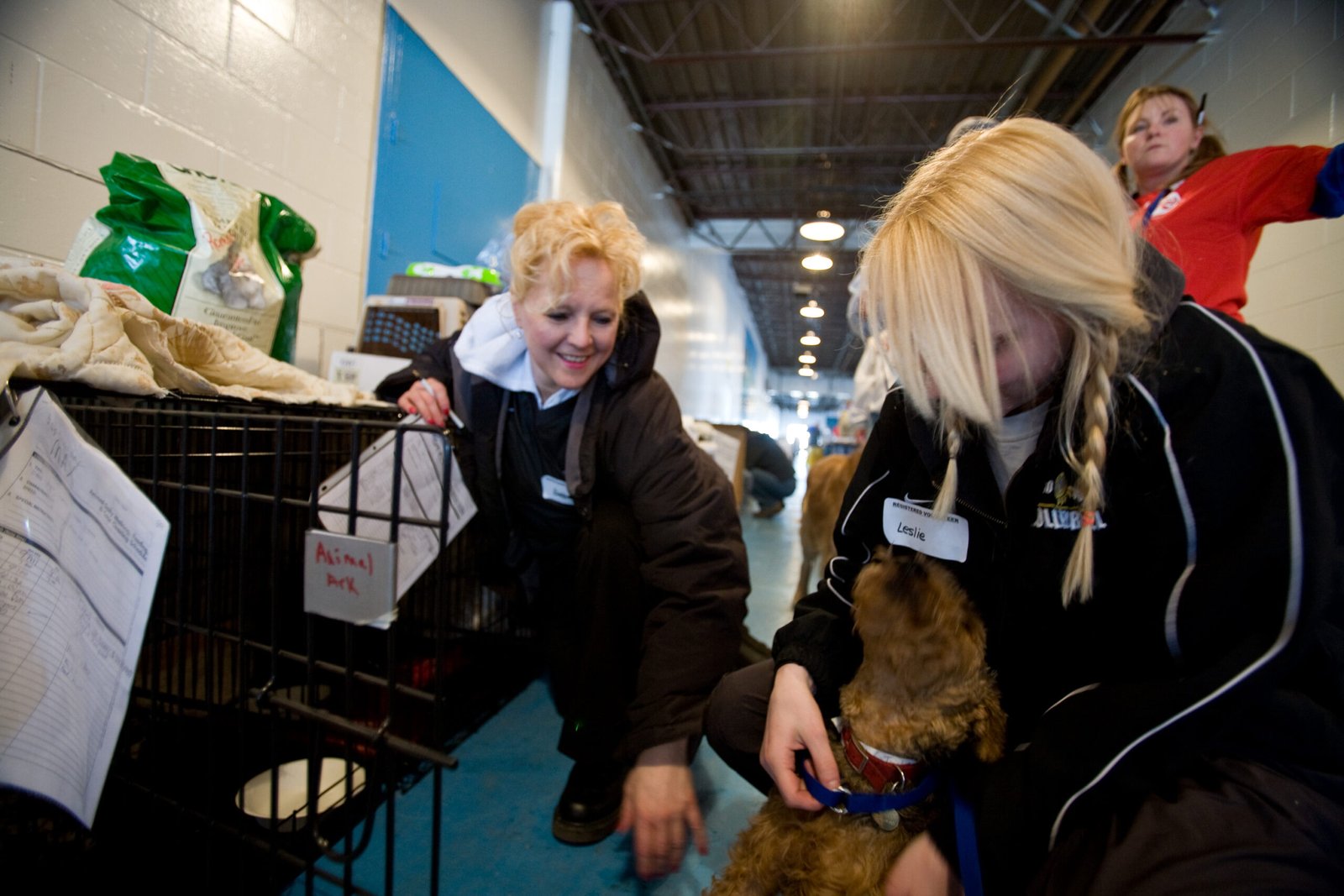
In a pet emergency, it’s easy to panic and make hasty decisions. Take a moment to assess the situation and consider all options. Sometimes, immediate action is necessary, but in other cases, a calm approach can lead to better decision-making and cost-effective solutions. Knowing how to handle emergencies can help you navigate these situations with confidence and care.
By implementing these strategies, you can significantly reduce your vet costs without compromising the quality of care your cat receives. Remember, being proactive and informed is key to maintaining both your pet’s health and your financial well-being.
Hi, I’m Bola, a passionate writer and creative strategist with a knack for crafting compelling content that educates, inspires, and connects. Over the years, I’ve honed my skills across various writing fields, including content creation, copywriting, online course development, and video scriptwriting.
When I’m not at my desk, you’ll find me exploring new ideas, reading books, or brainstorming creative ways to solve challenges. I believe that words have the power to transform, and I’m here to help you leverage that power for success.
Thanks for stopping by, Keep coming to this website to checkout new articles form me. You’d always love it!






